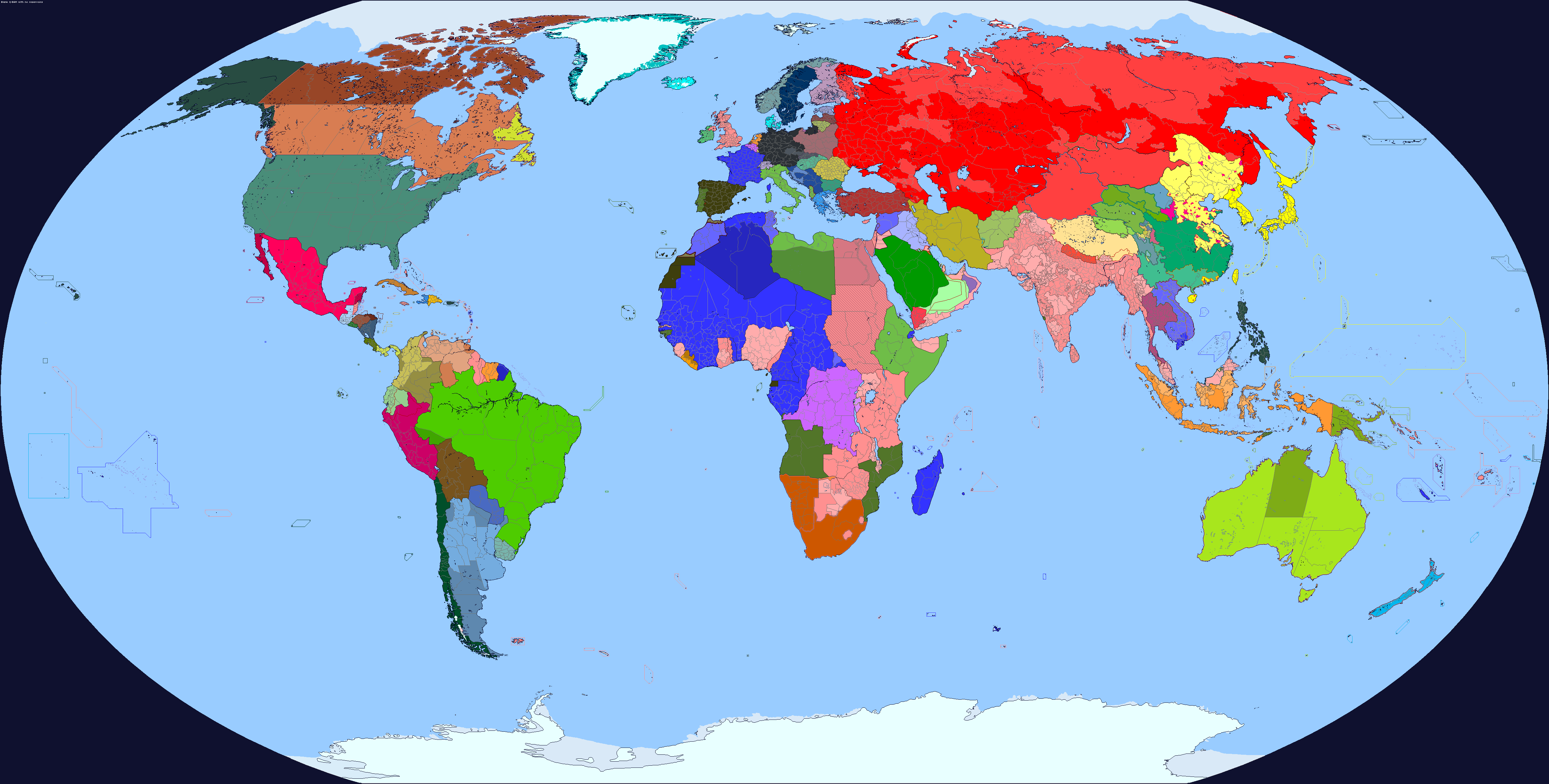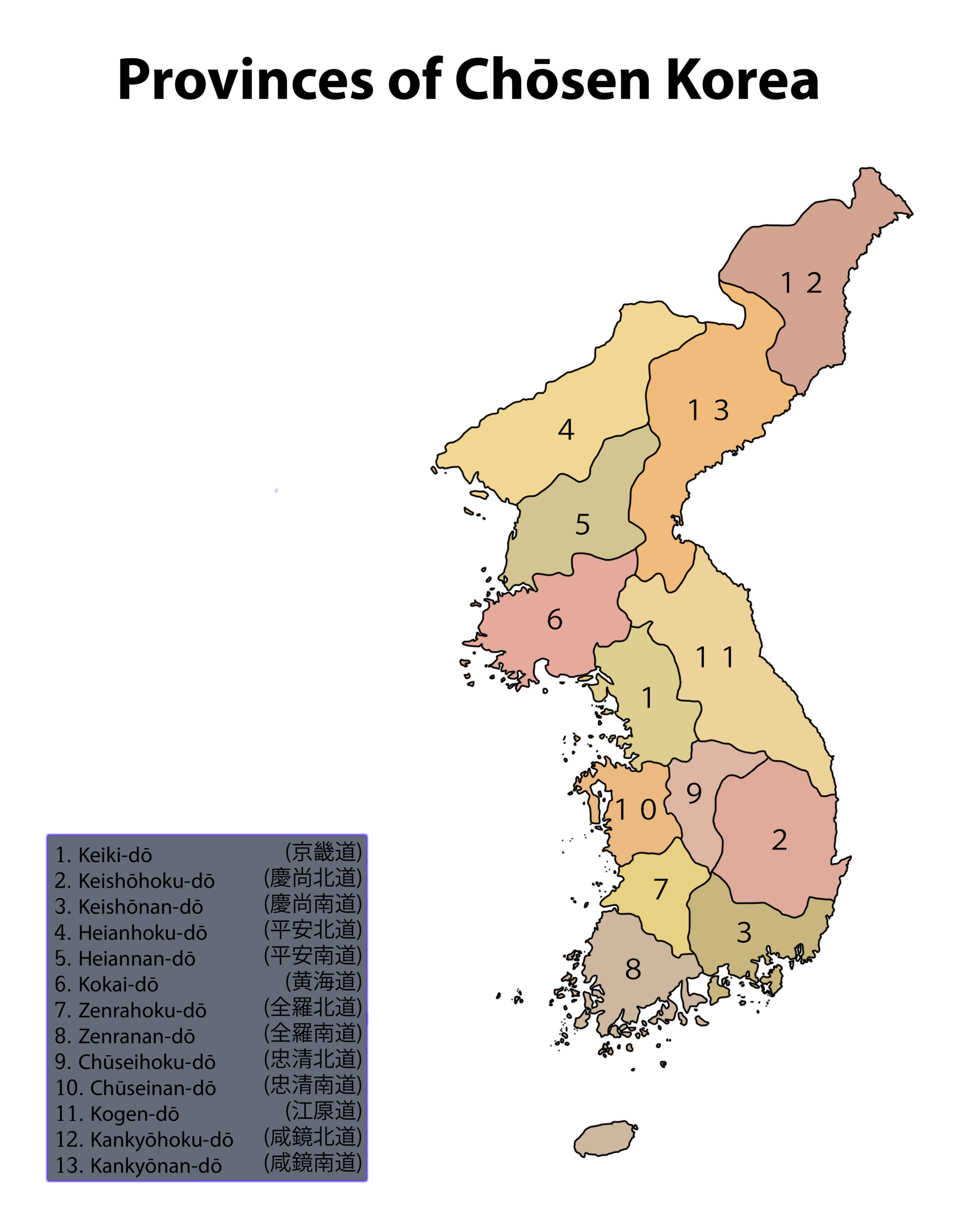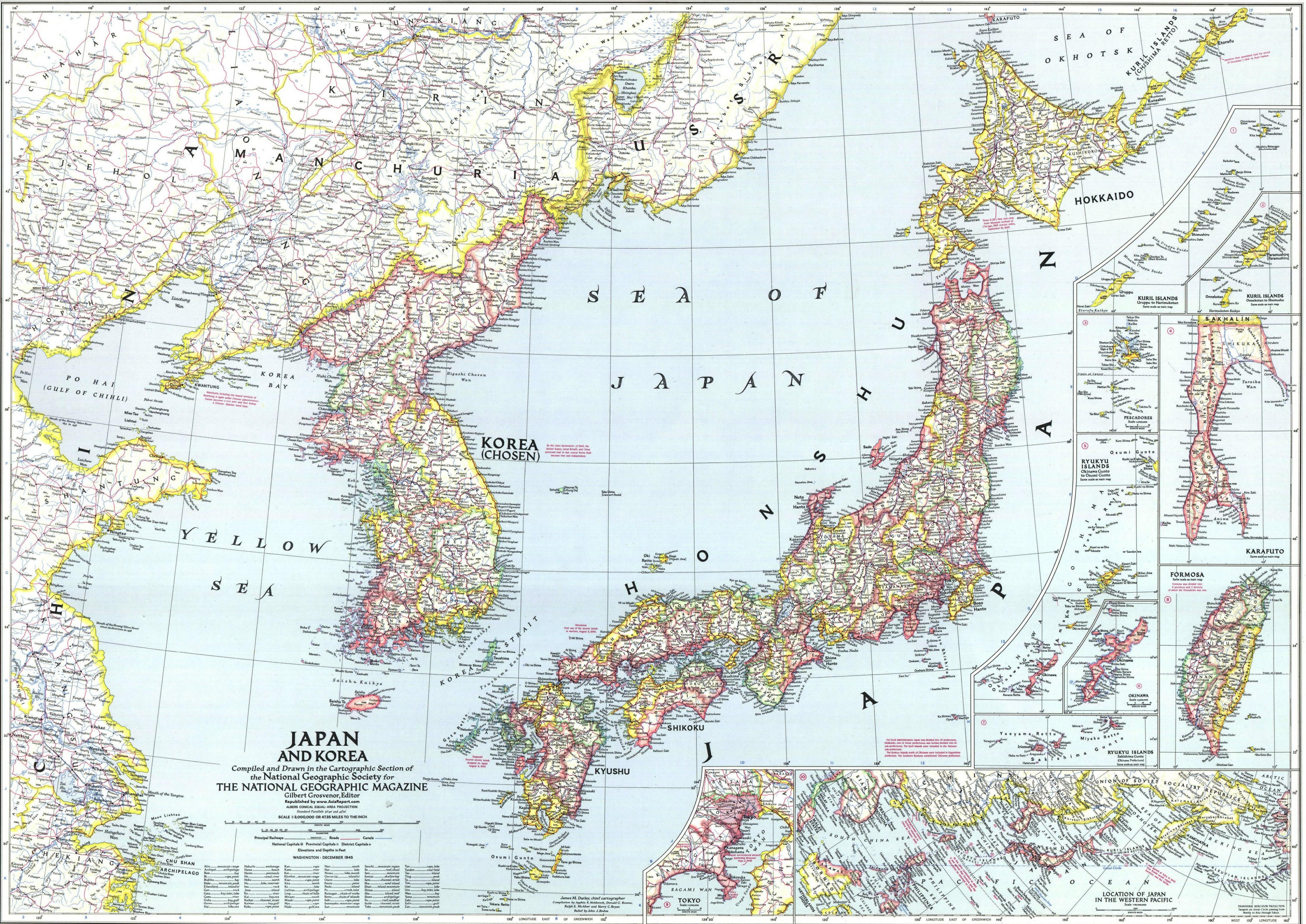Did Bohemia-Moravia's southern border not get shifted northwards? Or was that later?
September 1, 1939
Trying out some new border colors, and trying to represent still-official nations like the Dominions of GB and vassal/client/autonomous states that still have political relevance
You are using an out of date browser. It may not display this or other websites correctly.
You should upgrade or use an alternative browser.
You should upgrade or use an alternative browser.
Q-Bam Historical Map Thread
- Thread starter The Alternative
- Start date
-
- Tags
- historical maps q-bam
It was shifted, unless you mean something else not involving the SudetenlandDid Bohemia-Moravia's southern border not get shifted northwards? Or was that later?
Yes you're right. Glad you mentioned that because the Narva reservoir also shouldn't be there either. Deviantart is not letting me update it for whatever reason right now thoughReally like the map but isn't Estonia missing some territories around Narva? Something like this:
View attachment 884186
What do you mean?What's up with Borneo?
View attachment 716313
What you wrote pretty much lines up with what I've read and been trying to think about. The question about how far a city's jurisdiction extended and that being the basis by which to judge 'state control' in early societies is the root of what I've been trying to represent on a map. Tonight, I finally sat down and tried to represent what a possible system of could look like. Of course, this system would need to define precisely what each color means and have a way of determining how far a city's control extended in certain terrain, but the vague idea here is the darkest color is cities directly under the administrative control or suzerainty of the sovereign/ruling body (in this case, the Byzantine Emperor in Constantinople).
I used the QBAM terrain map people in conjunction with this map of Byzantine population centers in 780CE, and tried to represent the centers of power in the cities with control weakening (colors getting lighter) the farther from these centers you go. For instance, Sicily has bright colors concentrated around Byzantine settlements, and the colors mostly are quite bright in the low lying grasslands, but slowly get more washed out as it goes into the mountains and foothills in the center of the island, which is probably fairly true to the administration at the time. Cities like those dotting the western Italian coast are in light shades because they were only loosely under Byzantine suzerainty in this period.
The colors dotting the mountains of eastern Anatolia represent the line of Byzantine forts guarding the passes into the Taurus mountains. This system would require a lot more research and effort than copying old atlases, but it sort of scratches the itch and is at least more accurate to the political systems of the time than drawing them like modern states with demarcated borders. I do forsee problems with trying to represent subordinate but independent polities and all the things that traditional schemes are quite good at, and maps with multiple polities would get really confusing but I'll cross that bridge if I get to it. I'll try to develop a full map to showcase and see if I should try and take it further.
You still doing this project?
pretty sure southern Borneo has a less peninsular coastline.... unless it has had a major geographical evolution from volcanism or something 0:What do you mean?
Fairly certain that Boris got it from a youtube mapping channel called Lazardi Wong Jogja:pretty sure southern Borneo has a less peninsular coastline.... unless it has had a major geographical evolution from volcanism or something 0:
I am here just not super active.YeastCartography is also my favorite map maker after Totentanz0 (who got me into alternate history and cartography in the first place), but Yeast does not posts in here, IIRC he does has an account in here, but he is almost never active, so I do not think that this would count as "being active" on this forum.
He is more active on his DeviantArt, where he updates his fantastic Q-BAM modern-day map monthly.
PKK is in Turkey to this day.The black stripes (insurgency probably) on Turkey is wrong and should be removed. There is no active, known insurgency on Turkey right now.
nope, at least not the point you can specify a region and color that. There is like zero news about PKK in Turkey. Even if its true, that would be just a few terrorists in a mountain. Coloring entire provinces is not right.PKK is in Turkey to this day.
There is literally a source from Turkey talking about it less than 24 hours ago. I will not be removing the the so-called "terrorists."
nope, at least not the point you can specify a region and color that. There is like zero news about PKK in Turkey. Even if its true, that would be just a few terrorists in a mountain. Coloring entire provinces is not right.
This is a great one! I really appreciate when mappers do differentiate between colonies and vassals/protectorates, and between "fake" Protectorates (for example, Nigeria) and the real ones (the Trucial States for example).
September 1, 1939
Trying out some new border colors, and trying to represent still-official nations like the Dominions of GB and vassal/client/autonomous states that still have political relevance

September 1, 1939
Trying out some new border colors, and trying to represent still-official nations like the Dominions of GB and vassal/client/autonomous states that still have political relevance
The subdivisions of Japanese Korea are off:

No, they're not.The subdivisions of Japanese Korea are off:

The map you have incorrectly presents the subdivision of the Korean Empire as the one used by the Japanese colonial period.
No, they're not.


The map you have incorrectly presents the subdivision of the Korean Empire as the one used by the Japanese colonial period.
I'm confused. Maybe it is simply the scale but it seems to me that your map also shows that the Korean subdivisions in the qbam map are off. Most noticeable is probably between 12 and 14.
The subdivisions of Japanese Korea are off:

I got the subdivisions from this map:No, they're not.


The map you have incorrectly presents the subdivision of the Korean Empire as the one used by the Japanese colonial period.

It could be provinces were added later on, and we're missing a source telling us when they were added or deleted. This is a 35-year period after all
Last edited:
Hypothetically, would chatgpt give accurate translations for Chinese books that are over 1,400 years old and accessible on the internet?
There have always been only 13 provinces in Japanese Korea. This was inherited from the Korean Empire.It could be provinces were added later on, and we're missing a source telling us when they were added or deleted. This is a 35-year period after all
Yes, now that I look at it more closely there does seem to be a bit of discrepencies. Also between 7 & 10.I'm confused. Maybe it is simply the scale but it seems to me that your map also shows that the Korean subdivisions in the qbam map are off. Most noticeable is probably between 12 and1413.
No. That's not how chatGPT works. I've tested chatGPT for German to English translation in the past and it failed miserably. Google Translate would actually be more reliable for that, if you have access to a website version of the book and not a PDF. But in general automatic translations are iffy...Hypothetically, would chatgpt give accurate translations for Chinese books that are over 1,400 years old and accessible on the internet?
If you need it for cross-reference, I'd suggest doing your research for maps differently...
Last edited:
Well the problem is that the website version of the book is not in english. In fact, I'm not sure there exists and english translation of the Book of Jin (266-420).No. That's not how chatGPT works. I've tested chatGPT for German to English translation in the past and it failed miserably. Google Translate would actually be more reliable for that, if you have access to a website version of the book and not a PDF. But in general automatic translations are iffy...
If you need it for cross-reference, I'd suggest doing your research for maps differently...
If I want to read it for history, especially with dates, I either have to learn to read chinese, use wikipedia, or use a translator. It would be practically impossible for me to learn chinese. I've got no teacher, I don't have money for lessons, and it would probably take several years. Wikipedia's accuracy is...questionable, especially since half of all the articles are poorly cited. The articles they have on it are neglected. I had the same problem with finding sources for Africa as well, to the point I practically had to abandon that project. In fact, many french wiki articles on the conquest of Algeria are nearly completely uncited.
Unless there's an alternative, I may have to use Chatgpt. Chinese is at least supported for Chatgpt, and it understands idioms and context. So far, I've actually pulled out numerous dates from the Emperors' annals that have gone unmentioned in almost every english article I'v found.
That being said, is there a good alternative? I'd love to hear it since it would help greatly.
I'm pulling the original chinese from this website: https://chinesenotes.com/jinshu.html, and it has helped me to following along the translations by defining words.
The reason why ChatGPT is not good is because, since it's a generative AI, that it can and will "hallucinate" sources, aka create something that looks right but is fully made-up.Well the problem is that the website version of the book is not in english. In fact, I'm not sure there exists and english translation of the Book of Jin (266-420).
If I want to read it for history, especially with dates, I either have to learn to read chinese, use wikipedia, or use a translator. It would be practically impossible for me to learn chinese. I've got no teacher, I don't have money for lessons, and it would probably take several years. Wikipedia's accuracy is...questionable, especially since half of all the articles are poorly cited. The articles they have on it are neglected. I had the same problem with finding sources for Africa as well, to the point I practically had to abandon that project. In fact, many french wiki articles on the conquest of Algeria are nearly completely uncited.
Unless there's an alternative, I may have to use Chatgpt. Chinese is at least supported for Chatgpt, and it understands idioms and context. So far, I've actually pulled out numerous dates from the Emperors' annals that have gone unmentioned in almost every english article I'v found.
That being said, is there a good alternative? I'd love to hear it since it would help greatly.
I'm pulling the original chinese from this website: https://chinesenotes.com/jinshu.html, and it has helped me to following along the translations by defining words.
It can do idioms because due to context it can guess which words it must generate in sequence, but as soon as it would need to reference a large corpus of texts that it was trained on, it will faulter.
My suggestion is to do actual research: Google Scholar is a start, if you have access to an academic institutions library network you can find databases that might feature translations or peer-reviewed journals about it.
Please don't fall into the trap that generative AI is a replacement for search engines and databases.
Is there a list available of all currently available historical maps? I'm looking for a few to help me write this new map TL
Share: